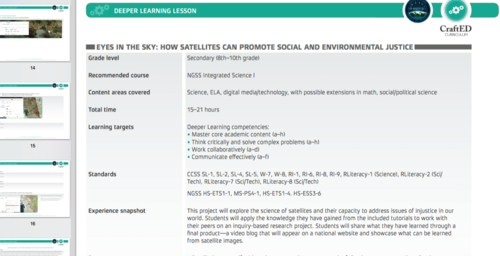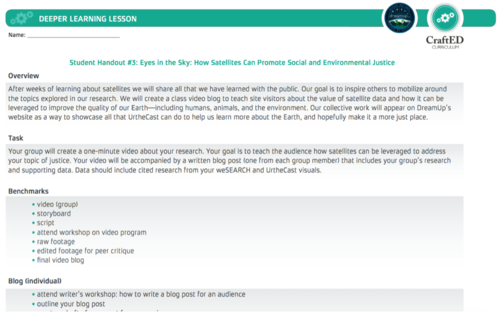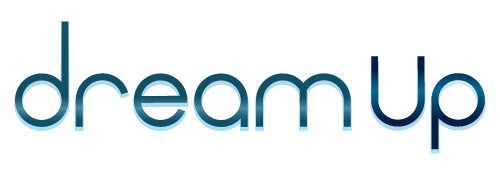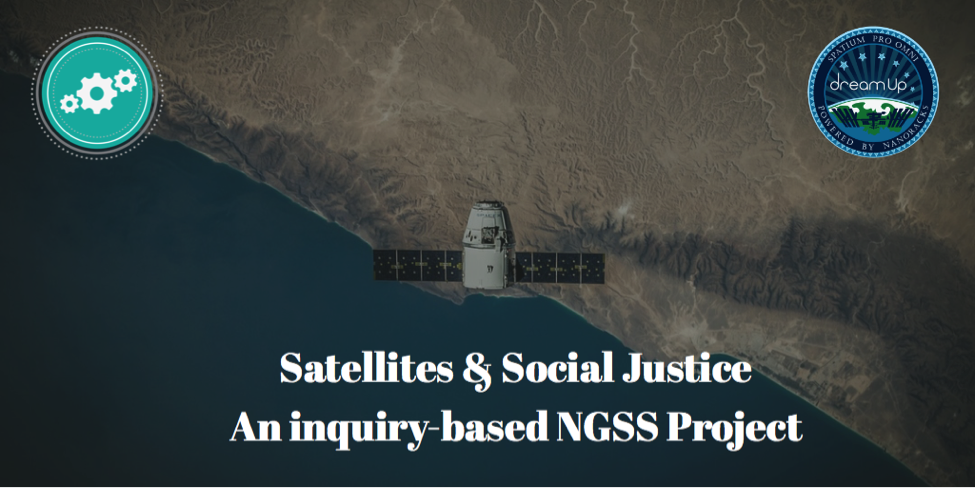
A Note From DreamUp:
DreamUp is thrilled to release our first-ever STEM curriculum for use by all educators. This Next Generation Science Standard compliant curriculum uses imagery from space to cover topics ranging from science, English Language Arts, math, and digital media with possible extensions into social and political science. Whether you are preparing for your own in-space experiment, or want a unique twist to your science class, our curriculum will bring space to your classroom, and your classroom to space. Please download, use and let us know about the results!
We are also proud to host our first guest blogger, renowned curriculum developer Jenny Pieratt. Her knowledge and experience incorporating cutting-edge techniques and theory into practical use in classrooms combined with DreamUp’s access to space-based images, data and information has resulted in the first-of-its-kind educational materials. Her blog is a must read for any educator looking to stay informed, inspire their students and have fun learning!
To The Future And Beyond: by Jennifer Pieratt, Founder and President of CraftED Curriculum
Education today looks nothing like it did five years ago. I dare say that recent years in the field of education have shown the greatest shifts than ever before. I predict this trajectory will continue, as I heard recently that 85% of tomorrow’s jobs don’t exist today. How do we prepare our children for a future that is beyond our imagination? We begin by focusing on skills that will allow students to not only exist, but lead us into these new territories of innovation.

Shift is Happening:
Education right now is in a current state of change. Teachers have turned the corner on grappling with the implementation of Common Core State Standards (CCSS) and elementary and science-specific teachers are now diving into the latest initiative of Next Generation Science Standards (NGSS). Both of these frameworks bring with them a paradigm shift for teaching and learning in a few ways:
- The teacher is no longer seen as the “sage on the stage”, they are now viewed as a facilitator guiding students in their own learning
- Students are asked to understand “the why” behind content. No longer can students simply state an answer, they must now be able to explain how they got there.
- Learning is now focused primarily on application vs rote memorization. As educators, we now strive to give all learning context and make connections between content and the real world.
- Skills matter – it’s not just about learning content, educators are now striving to explicitly teach skills such as communication, collaboration, critical thinking and creativity (4 Cs).
- Teaching students to ask questions carries as much weight as the ability to answer pre-existing questions. Inquiry-based learningis desirable not just to the sciences, but to all content areas and educators are evolving in our understanding of how to get students to ask quality questions.
These grand shifts have created an opportune moment for progressive ideologies such as Project Based Learning, Problem Based Learning and Inquiry-Based Learning to become more mainstream. The openness of these teaching practices, combined with flexibility and adaptability of CCSS and NGSS, have given teachers the freedom and possibilities needed to bringing teaching and learning to the next level.
Driving to Deeper Learning:
Many are categorizing this next level of teaching and learning as Deeper Learning. Deeper Learning includes a series of competencies that serve as a “north star” for what we hope our students to embody and demonstrate in school. Those competencies include:
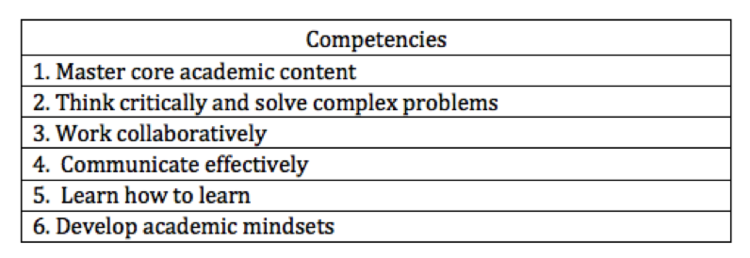
The Hewlett foundation, along with leading educational organizations, are at the forefront of this agenda striving to provide models and continue to codify best practices.
In practice this looks like:

It is worth noting that there are several vehicles to get to Deeper Learning, including PBL, PrBL, Inquiry-based learning; and each of these vehicles have the ability to move along the pathways laid by CCSS and NGSS. I would be hard-pressed to find an educator that doesn’t get behind the theory of Deeper Learning, however the challenge now is moving that theory into practice.
*Check out this video and website for more on deeper learning.
Tools to Pave The Road:
While there is an abundance of resources available online to provide supports for teachers looking to implement CCSS and/or NGSS, it can often be overwhelming and time-consuming to find the right fit for a particular grade or class. Similarly, while there are exemplar organizations sharing Deeper Learning projects, what our field lacks right now are in-depth teaching resources for explicitly scaffolding Deeper Learning Competencies. In direct response to this gap, CraftED Curriculum launched this past Spring. This innovative program offers 50 projects, strategies and resources for teachers looking to teach deeper learning methodologies. To learn more about CraftED visit here.
CraftED is pleased to announce our partnership with DreamUp to join the growing movement of Open Educational Resources. Teachers interested in receiving free curriculum that incroportaretes Hewlett’s Deeper Learning Competencies, NGSS, CCSS and tech integration through the Urthecast Platform can download lesson plans here. This 18 page project “Eyes in the Sky” is the first of hopefully many to come!
